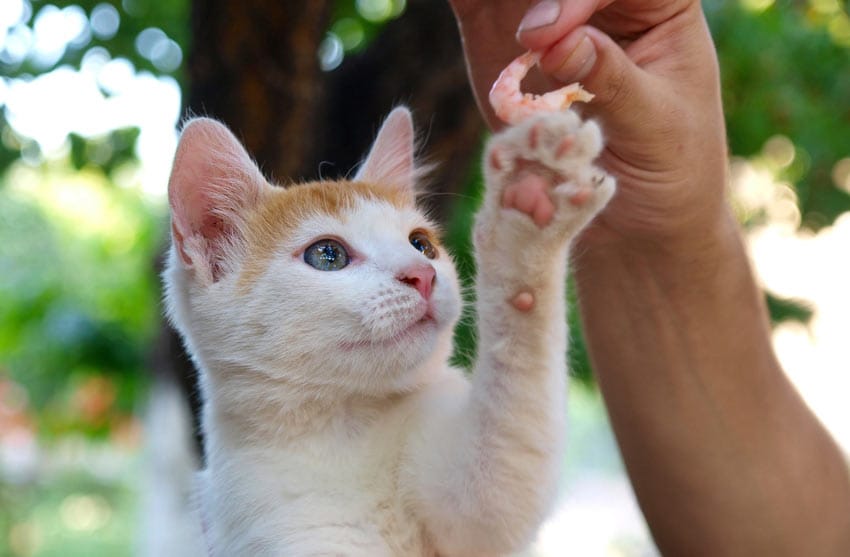
How to Make Your Home Cat-Friendly
Creating a cat-friendly home involves providing your feline companion with a safe, stimulating, and comfortable environment. By incorporating scratching posts, climbing areas, cozy resting spots, and enriching toys, you can cater to your cat’s natural instincts and needs. This guide covers practical tips to ensure your home is both cat-proofed and inviting for your furry friend.
🐶 Pet Star
12 min read · 22, Jan 2025

1. Safe and Secure Spaces
a) Cat-Proofing Your Home
Cats are curious by nature, which means they’ll explore every nook and cranny. To ensure their safety:
- Secure Hazardous Items: Keep cleaning supplies, medicines, and sharp objects out of reach.
- Hide Electrical Cords: Use cord protectors or hide wires to prevent chewing accidents.
- Remove Toxic Plants: Certain plants, like lilies and poinsettias, can be harmful to cats.
b) Create a Quiet Retreat
Every cat needs a private, quiet space where they can relax and feel secure. Choose a low-traffic area with a soft bed or blanket.
- Why It Matters: Cats value their alone time, and a peaceful spot helps reduce stress.
2. Vertical Space and Climbing Opportunities
a) Install Cat Trees and Shelves
Cats love to climb and observe their surroundings from high vantage points. Adding vertical elements to your home allows them to explore safely.
- Options: Invest in a sturdy cat tree or mount wall shelves specifically designed for cats.
- Benefits: Provides exercise, satisfies their climbing instinct, and helps prevent furniture damage.
b) Window Perches
Place a perch or hammock near a window to give your cat access to natural light and outdoor views.
- Tip: Ensure windows are securely screened to prevent accidents.
3. Scratching Solutions
a) Provide Scratching Posts
Scratching is a natural behavior for cats that helps them stretch, mark territory, and maintain healthy claws.
- Placement: Position scratching posts in areas your cat frequents, like near their bed or favorite resting spots.
- Material: Choose posts made of sisal rope, carpet, or cardboard to cater to your cat’s preferences.
b) Redirect Unwanted Scratching
If your cat scratches furniture, use deterrent sprays and encourage them to use designated posts instead.
- Tip: Reward your cat with treats or praise when they use their scratching post.
4. Litter Box Setup
a) Choose the Right Litter Box
Ensure the box is the right size and easily accessible. For multi-cat households, provide one box per cat plus an extra.
- Placement: Place litter boxes in quiet, low-traffic areas.
- Cleanliness: Scoop daily and clean the box thoroughly once a week to keep it hygienic.
b) Experiment with Litter Types
Cats can be particular about litter. Test different types to find one your cat prefers, such as clumping, non-clumping, or natural options.
5. Toys and Mental Stimulation
a) Interactive Toys
Provide toys that encourage your cat to chase, pounce, and hunt.
- Examples: Feather wands, laser pointers, and puzzle feeders.
- Why It Helps: Keeps your cat physically active and mentally stimulated.
b) Rotating Toys
To prevent boredom, rotate your cat’s toys regularly.
- Tip: Introduce new toys occasionally to keep things exciting.
6. Cozy Resting Areas
Cats spend a significant portion of their day sleeping. Create multiple cozy spots around your home where your cat can nap undisturbed.
- Options: Use soft beds, blankets, or even cardboard boxes lined with cushions.
- Tip: Place beds in warm, sunny spots for added comfort.
7. Socialization and Interaction
While cats value independence, they also enjoy quality time with their humans. Dedicate time each day to play, cuddle, and bond with your cat.
- Why It’s Important: Strengthens trust and provides emotional enrichment.
8. Feeding and Hydration
a) Scheduled Feeding
Establish a regular feeding schedule to create consistency and prevent overeating.
- Tip: Use puzzle feeders to make mealtime more engaging.
b) Access to Fresh Water
Always provide clean, fresh water. Consider using a cat water fountain to encourage hydration.
- Why It Helps: Cats are naturally drawn to running water, which promotes better drinking habits.
Q1: How do I stop my cat from scratching furniture?
Ans) Provide multiple scratching posts and place them near furniture your cat tends to scratch. Use deterrent sprays and reward your cat for using the posts.
Q2: What is the best type of litter for cats?
Ans) It depends on your cat’s preferences. Start with unscented, clumping litter and adjust based on their response.
Q3: How can I encourage my cat to drink more water?
Ans) Use a cat water fountain to make drinking more appealing. Place multiple water bowls around your home and ensure they’re cleaned regularly.
Q4: Why does my cat prefer high places?
Ans) Cats feel safer and more in control when they can observe their surroundings from a height. Provide cat trees or wall shelves to satisfy this instinct.
Q5: How can I keep my indoor cat entertained?
Ans) Offer interactive toys, scratching posts, window perches, and regular playtime. Rotate toys and introduce new ones to keep your cat engaged.
Similar Articles
Find more relatable content in similar Articles
Explore Other Categories
© 2024 Copyrights by rPets. All Rights Reserved.